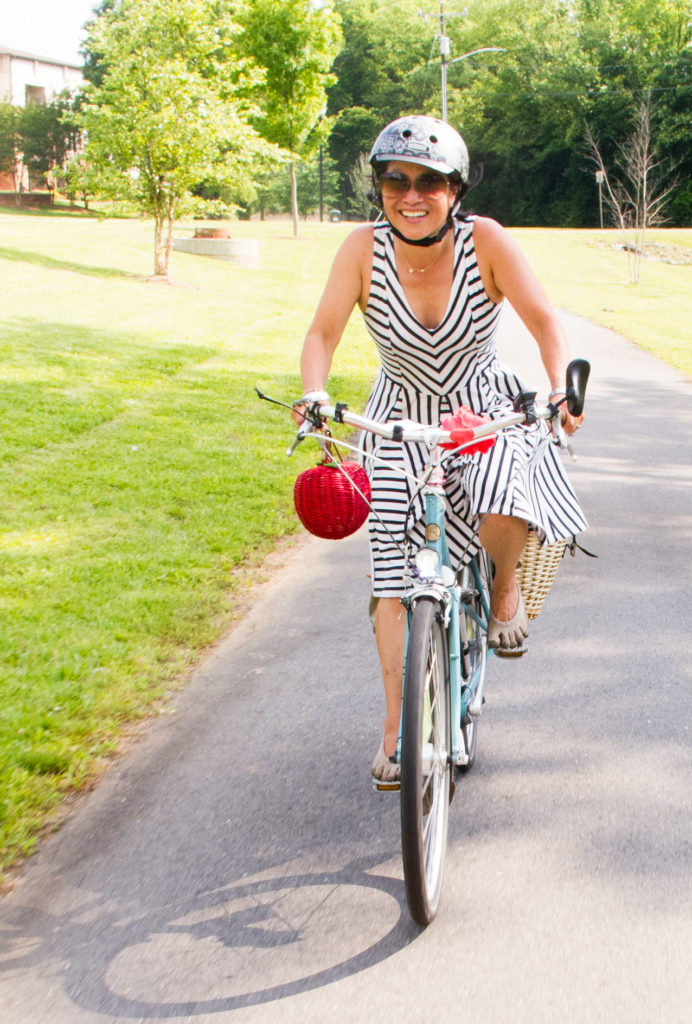A question I’m trying to answer is, why are utility cycling rates higher in some U.S. cities than others? It’s tricky to investigate for a number of reasons. The first is simple: Our data sucks. The cycling mode share number commonly used as a comparator is based on commute cycling only, not utility cycling in general, and it has a number of other issues. (For example, it’s based on the city limits, which are handled differently in each city, and which change over time). There is no generally accepted standard for collecting count data. Bikeway mileage numbers bear only a loose correlation to the utility of the street network for cycling. And so on.
The second is complex: It’s just a difficult question. Utility cycling rates are driven by countless factors: the density and nature of the built environment, the character of the street network, weather, demographics, socioeconomic status, culture, and more. Each city has its own unique combination of these factors; extracting causal relationships from the paltry data is quite challenging.
Still, I have to start somewhere. My plan is to look at pairs of cities with relatively similar demographic profiles, but significantly different cycling rates as reported by ACS mode share, to see if it’s possible to get a little closer to what’s going on. Using some overview statistics and a bit of hand waving, I paired Charlotte with Austin, TX. Here are some of the reasons why:
| Austin | Charlotte | ||
|---|---|---|---|
|
Demographic
|
Population | 912,791 | 809,958 |
| Pop. change since Y2K | 39.0% | 49.8% | |
| Median household income | $56,351 | $51,034 | |
| Median resident age | 32 | 33.3 | |
|
Geographic
|
Land area (sq. mi.) | 242.3 | 251.5 |
| Density (persons/sq. mi.) | 3520.2 | 3272.7 | |
| Housing density (units/sq. ml.) | 1099.8 | 951.7 | |
|
Ethnic
|
White Non-Hispanic | 49.7% | 42.9% |
| Black | 7.2% | 35.2% | |
| Hispanic | 34.0% | 13.9% | |
| Asian | 6.1% | 5.4% | |
| Two or more | 2.6% | 2.1% |
(source: City Data)
As cities 1,000 miles apart go, this is about as close as it gets. The Black and Hispanic ethnicity numbers are flipped, but other than that it’s pretty close.
A qualitative thing I like about this pairing is that Austin and Charlotte are different examples of the new South: Charlotte now being the second-biggest banking center after NYC, and Austin being possibly the fastest-growing tech hub in the U.S. These industries are driving population expansion (and a ton of construction) in both places, driving up median incomes, and creating neighborhood change.
In terms of biking, Charlotte’s ACS mode share is 0.2%, among the lowest in the country. Austin’s is 1.2%, about double the national average of 0.62% (2014 numbers). Counting bikes in Austin should be a lot more fun than it was in Charlotte.


